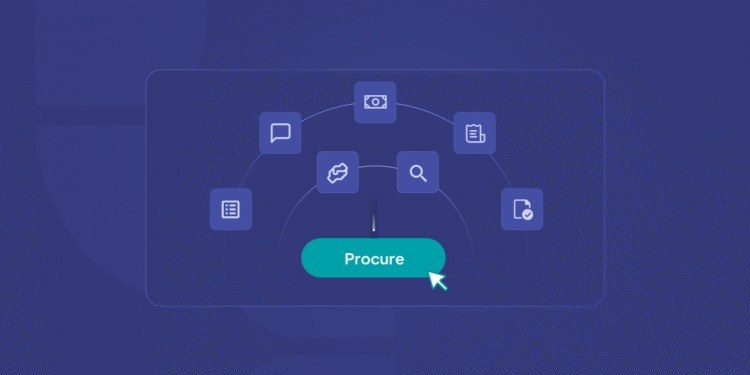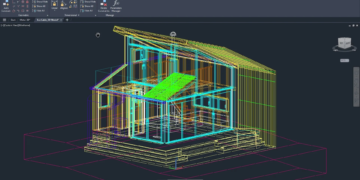In today’s fast-paced business environment, efficiency is the cornerstone of success. For organizations of all sizes, the procurement process is a critical function that ensures the seamless acquisition of goods and services. However, manual procurement workflows are often riddled with repetitive tasks, leading to inefficiencies, errors, and wasted time. The solution? Automation. By leveraging technology to automate repetitive tasks, businesses can streamline their procurement processes, reduce costs, and focus on strategic decision-making.
The Challenges of Manual Procurement
Traditional procurement processes often involve a series of manual steps, from creating purchase orders and approving invoices to tracking deliveries and managing supplier communications. These tasks, while essential, are time-consuming and prone to human error. For instance, manually entering data into spreadsheets can lead to inaccuracies, while delayed approvals can disrupt the entire supply chain. These inefficiencies not only increase operational costs but also hinder the organization’s ability to respond quickly to market demands.
How Automation Transforms Procurement
Automation revolutionizes the procurement process by eliminating the need for manual intervention in repetitive tasks. Advanced tools can automatically generate purchase orders, route them for approval, and update inventory levels in real time. Automated workflows ensure that every step of the process is executed consistently and accurately, reducing the risk of errors. Additionally, automation provides valuable insights through data analytics, enabling businesses to identify bottlenecks, optimize supplier relationships, and make informed decisions.
Key Benefits of Automating Procurement Tasks
- Increased Efficiency: Automation speeds up the procurement cycle, allowing businesses to complete tasks in a fraction of the time.
- Cost Savings: By reducing manual labor and minimizing errors, automation lowers operational costs.
- Improved Accuracy: Automated systems ensure data consistency and eliminate the risk of human error.
- Enhanced Visibility: Real-time tracking and reporting provide complete transparency into the procurement process.
- Scalability: Automated workflows can easily adapt to growing business needs without additional resources.
Getting Started with Procurement Automation
Implementing automation in your procurement process doesn’t have to be overwhelming. Start by identifying the most repetitive and time-consuming tasks, such as purchase order creation or invoice processing. Next, choose a reliable automation platform that integrates seamlessly with your existing systems. Training your team and gradually rolling out automated workflows will ensure a smooth transition. Remember, the goal is to enhance efficiency, not to replace human expertise. By combining automation with strategic oversight, you can unlock the full potential of your procurement process.
Conclusion
In a world where time is money, automating repetitive tasks in the procurement process is no longer a luxury—it’s a necessity. By embracing automation, businesses can streamline operations, reduce costs, and gain a competitive edge. Whether you’re a small business or a large enterprise, the benefits of automation are undeniable. So, take the first step toward simplifying your procurement process today and experience the transformative power of technology.













